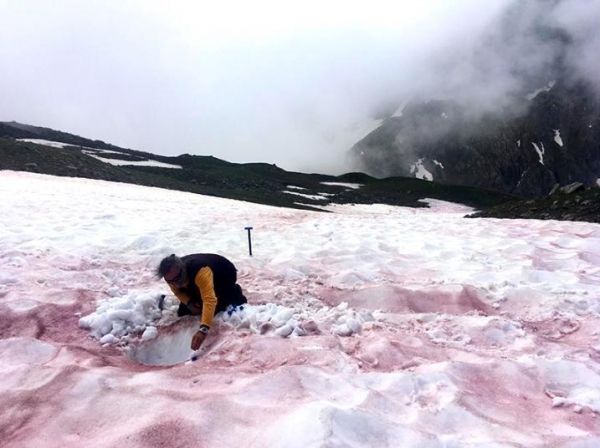A consortium of French laboratories, the ALPALGA project, has set out to study the little understood communities of microalgae that live in mountains, including some that turn snow orange or red, a phenomenon known as “glacier blood.” Scientists believe that climate change may be fueling blooms of red microalgae in the Alps.
Eric Maréchal, a coordinator at the ALPALGA project, told Live Science that people who frequent the Alps are seeing more red snow, and he recalled eyeing huge swaths of “glacier blood” on a 2019 hike. “Everywhere I put my eyes, it was red,” he said. “We walked all day, seeing surfaces stained in red.”
Scientists believe that rising levels of carbon dioxide may be fueling the growth of the photosynthesizing snow-borne microalgae. Likewise, changes in wind and snowfall may be delivering additional nutrients to algae, leading to the spread of “glacier blood.” However, researchers have yet to quantify changes in algae over time.
Read more at: Yale Environment 360
A scientist samples snow covered red microalgae, a phenomenon known as "glacier blood." (Photo Credit: Jean-Gabriel Valay/Jardin du Lauraret/UGA/CNRS)


